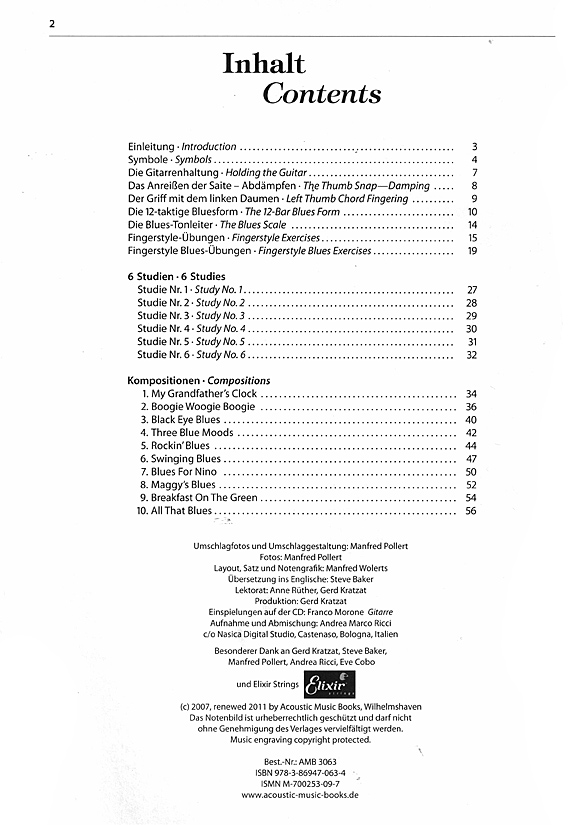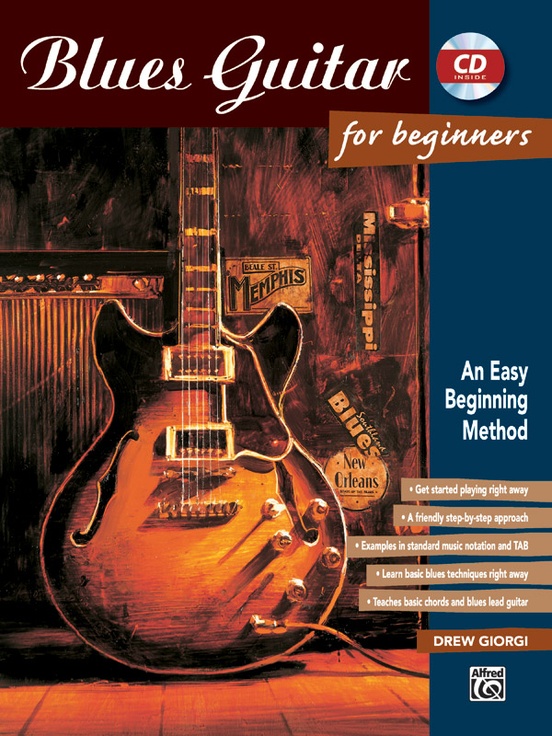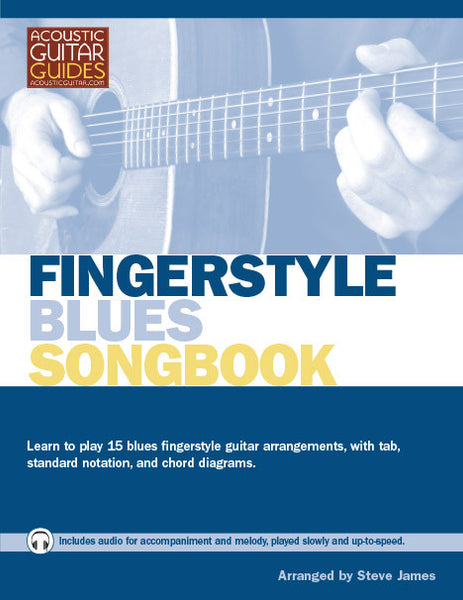
#Blues guitar songbook how to
Which is the Best Beginner Blues Guitar Book to Master Your Blues Skill?Īs a self-learner, the most important thing is to find the good book that can guide you on how to play the blues on acoustic guitar. And you easily catch this moment in a rock performance. Or even, there is a singer to sing the song.Īt this time, the lead guitarist often won’t sit quietly until playing his solo. The lead guitarists also play solos (as I mentioned above), but what occurs if other instruments in the band might do the same thing. Meanwhile, the guitars play the lead section you often sing (it’s the melody). Well, you may imagine the bass and drum playing a backup role in the music, making a bassline and beat. If you don’t have a singer, how could your band play that song?

Try to imagine that your preferred song is played by a guitar player, drummer, and bassist. Let’s clarify this in your mind with a typical example of the roles of lead and rhythm instruments in a band, guys! It might be guitar solos, awesome guitar riffs or even enthralling guitar licks. And you will never mistake this genre for the others for sure.Īs a newbie to this music style, you need to learn two primary parts of the blues music, including:Ī lead guitar player often plays the single note lines which go with what the rest of the band is doing. In a word, the blues music has an excellent groove. With a deep, rich and soulful sound, it’s not only a killer solo from the guitarist but also a tight rhythm part working together. Some blues qualities such as particular slides, blues notes, and bends are heard both in singer’s voice and the blue acoustic guitar. To musicians, it is not only the musical style but also the musical sound and influence as well as the song form.Īnother interesting thing is that the blues style has shown a far-reaching effect on music. To the non-musicians, they often think that the blues is a musical style. One of the typical examples for this genre is Robert Johnson, a famous bluesman. And the traditional blues image that we often see is a singer with an acoustic guitar and/or a harmonica. Thumbs up for this welcome addition to the players' palette.The blues music developed around the 1890’s in the Mississippi Delta area of the US. Then using the alternate track (sans guitar), you can play and groove away, making learning this material a truly pleasurable experience. You can listen to the guitar parts while following the printed music (as well as playing along with Williams' performance). In each example, Williams transcribes, deconstructs, and analyzes the individualistic (and idiosyncratic) playing of each featured guitarist, and then supplies his own passionate recordings of the example songs. "The Berklee Blues Guitar Songbook by Mike Williams is an excellent multimedia learning/teaching package that examines the blues stylings of nine of the most seminal American blues artists. Duke Robillard, Guitarist (Bob Dylan, Tom Waits, the Fabulous Thunderbirds) It is an excellent way to advance your chops and gain a deep understanding about what the technique of modern blues guitar is all about." There are years' worth of valuable tips and techniques here that could take you twenty years to learn on your own. He teaches you to learn the correct phrasing, fingerings, and tricks, then encourages you to blend what you've learned in to your own ideas and sound to eventually develop your own style.īlues has always been a tradition of borrowing, interpreting, and reinventing. "Mike Williams demonstrates here what classic blues guitar is all about, dissecting several modern blues masterpieces with understanding and depth. Michael Williams has taught thousands of guitarists to play the blues at Berklee College of Music and online at.

"Worried Life Blues," Robert Lockwood Jr. "The Last Time (I Get Burned Like This)," Robert Cray "Okie Dokie Stomp," Clarence "Gatemouth" Brown

CD includes demonstration tracks and play-alongs (with and without guitar).Clear, accurate transcriptions, featuring articulations.Traditional notation and guitar tablature.Ten classic blues guitar solos, including four complete instrumentals, with rhythm parts featuring turnarounds and fills around the vocals.By studying these solos by the blues masters, you'll be able reuse their techniques for your own performances. Veteran blues guitarist and educator Michael Williams reveals the techniques and nuances behind the notes that give each solo and artist their personal character and sound. These transcriptions and annotations show you how the world's greatest blues guitarists created their unique, inspired solos, and rhythm parts. Play ten blues classics in the style of the masters.


 0 kommentar(er)
0 kommentar(er)
